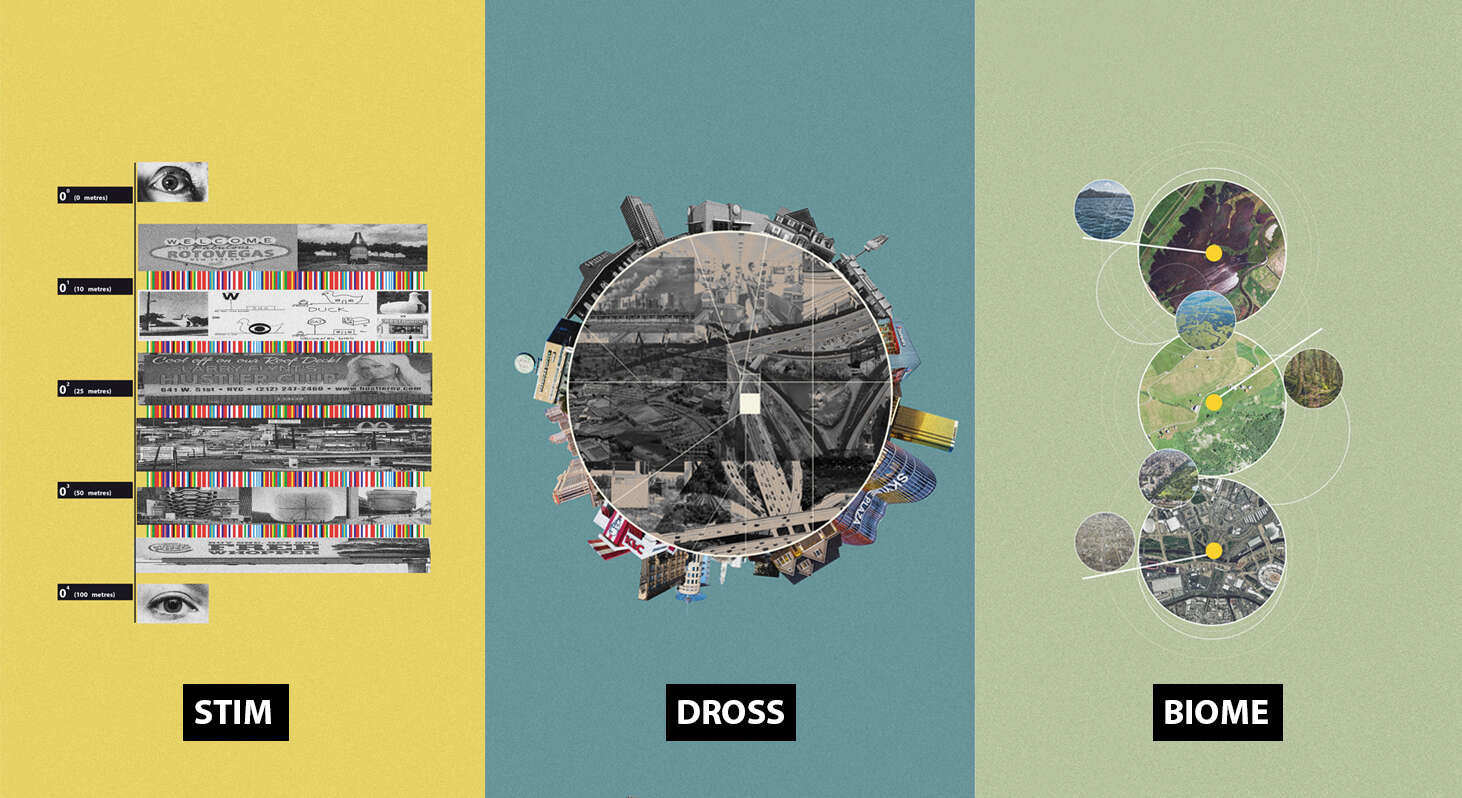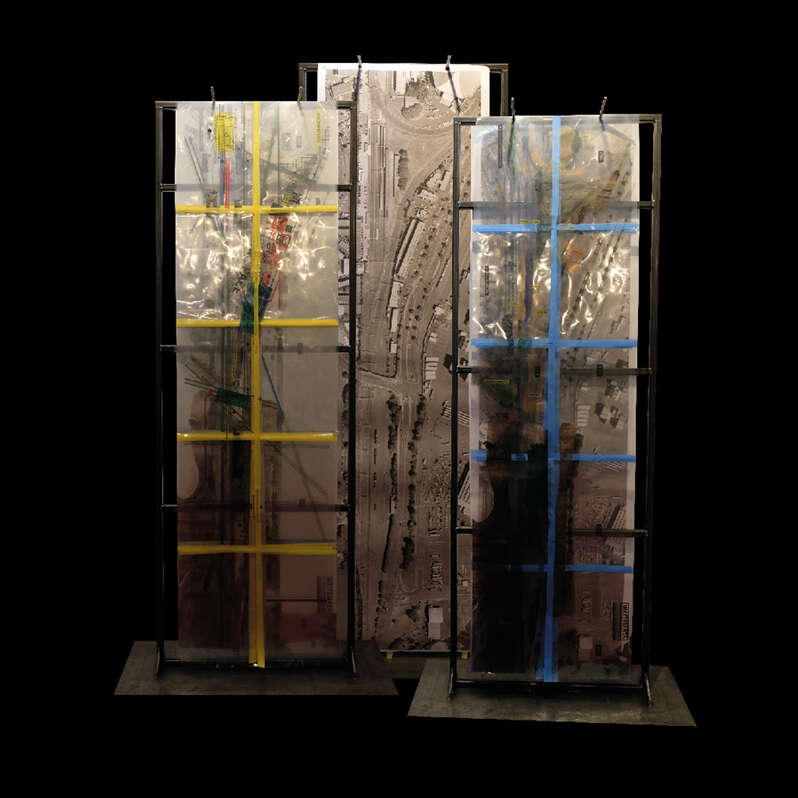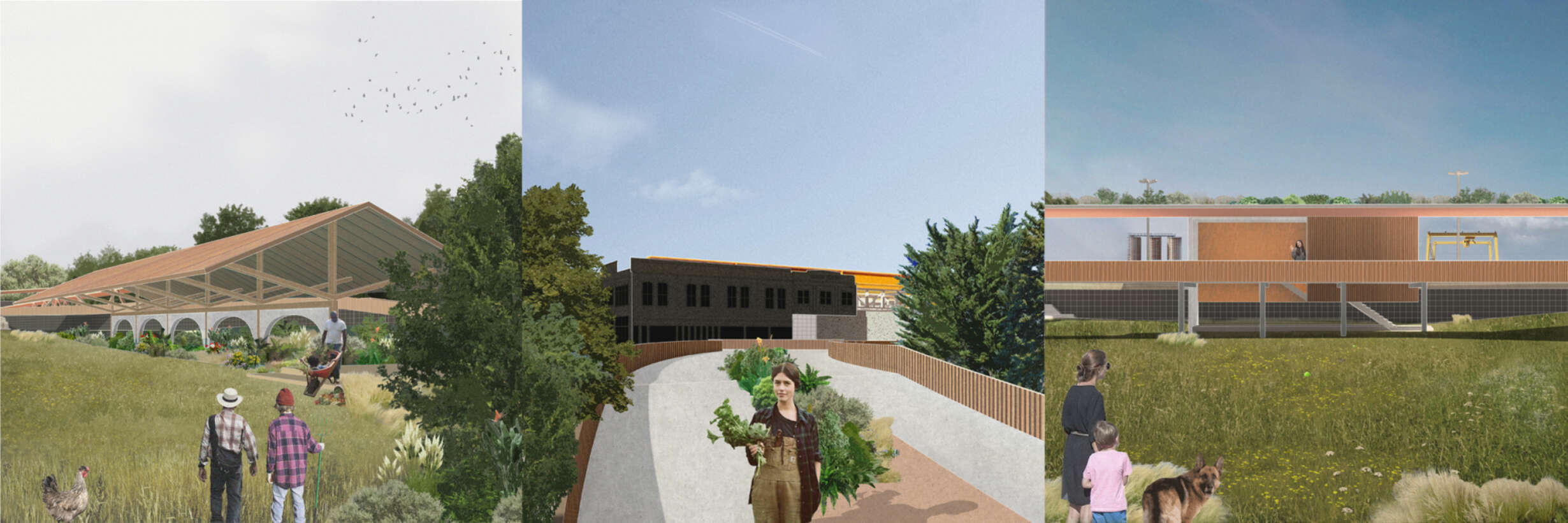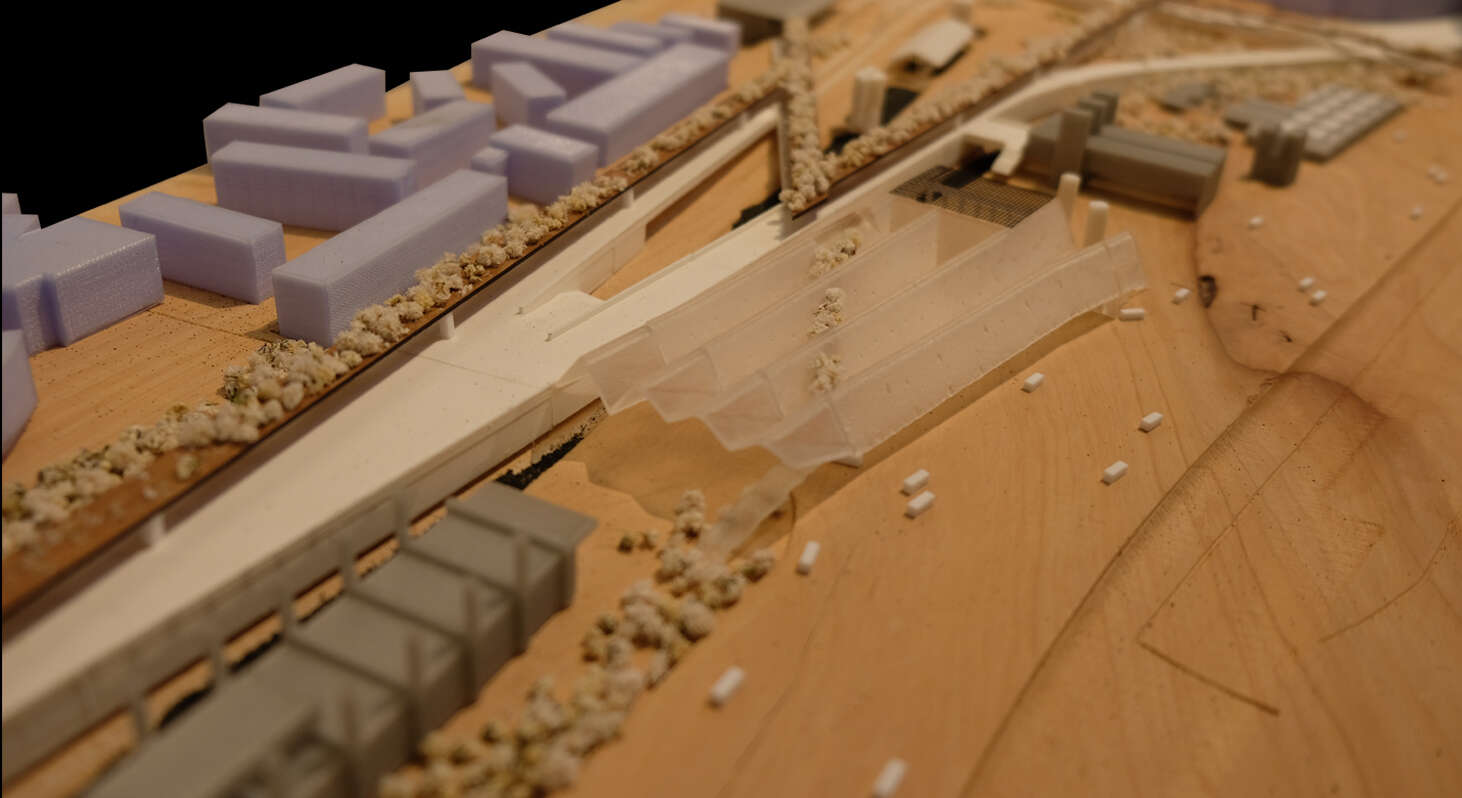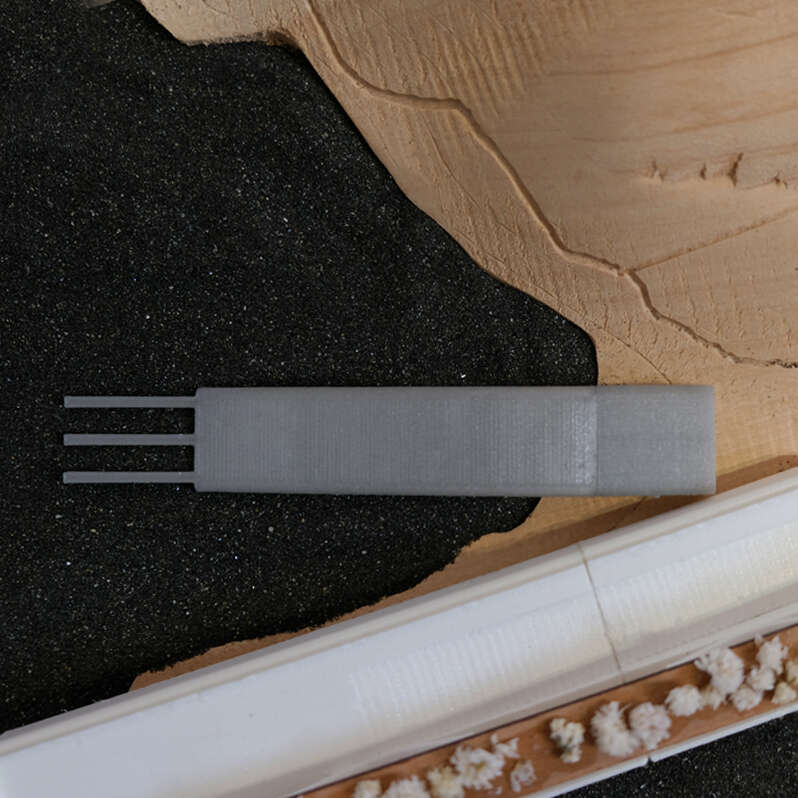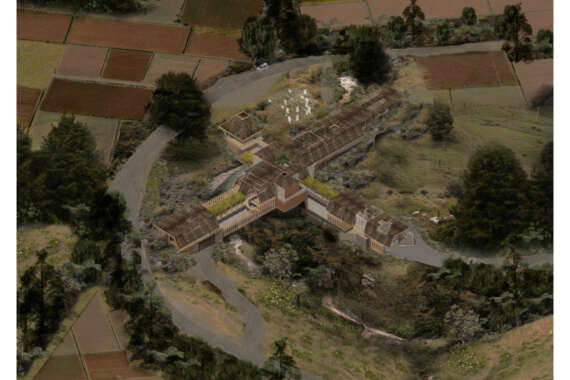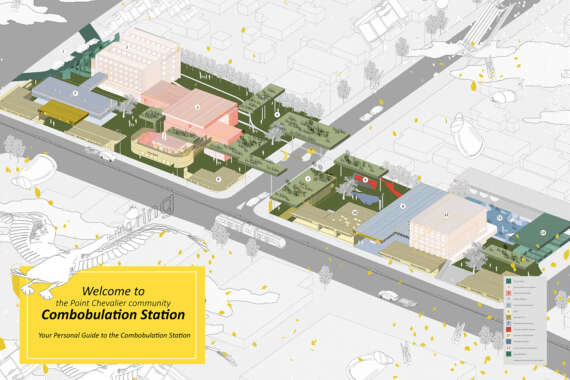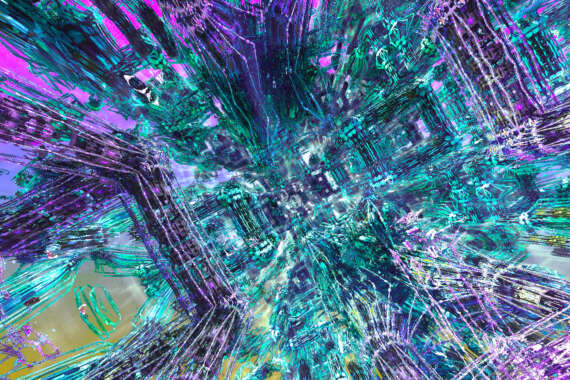Through a process of research, critique and dissection, and a spatial application of layering, three emergent theories are discovered: Stim, the architecture of attraction and consumption; Dross, the byproducts and requirements of the city and Biome, the ecological integration between architecture and landscape. After exploring these conditions in theories and precedents, a series of layers are superimposed, synthesised and edited to form a methodology to develop each of the three theories in relation to each other. The byproduct of this process is an architectural infrastructure where four points are identified as intersections to disrupt the flow and introduce an architectural consistency to the three concepts. These four nodes are developed and explored as an emergent architecture. The process used within the thesis reveals a mode of layering several smaller elements to form a collected imposition. This method informed the writing style upon analysing the theories, creating a case of building and joining links between Drosscape and Junkspace. A byproduct of the writing and spatial processes is an architectural infrastructure and a developed intervention of the four nodes, presented as a scheme in place within the city. This process of layering and editing informs a methodology applicable to future projects within the practice of the author, as their architecture develops from a superficial representation of theory to a conduit and design module that embodies and critiques both theory and contextual issues.









